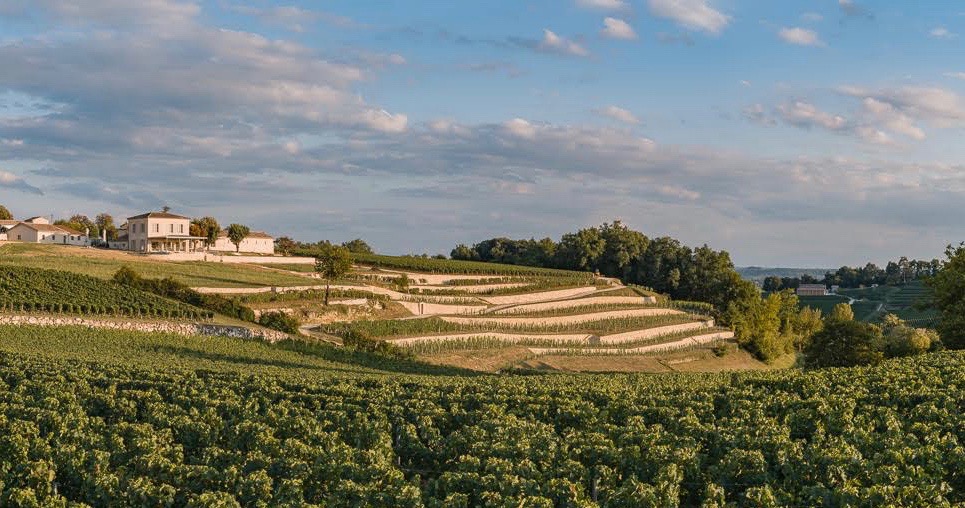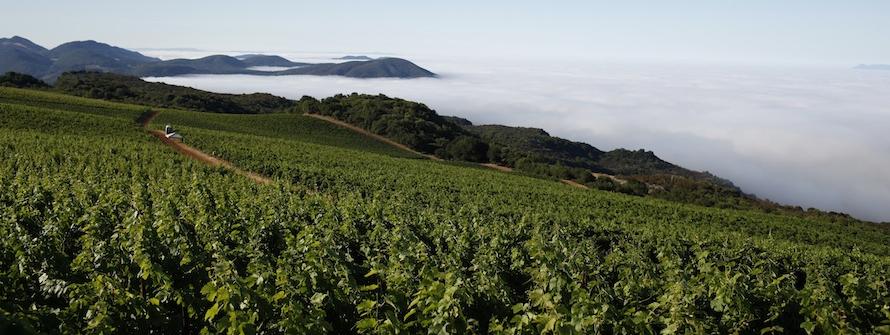Merlot: To Be Taken Seriously
Today is International Merlot Day, so it got me thinking about this varietal – in particular, how sorry I am that it has gotten such a bad rap. I’ve had some pretty amazing Merlots over the years, so it’s sad when I hear our buyers have trouble bringing it into the store. “I always have to explain to our producers in Italy about this movie Sideways,” says our Italian Liaison “Guido.” True, much of its demise can be attributed to the slamming it experienced from the movie Sideways in 2004, but also to blame was over-planting and mass-production the grape.
During that time, much of California Merlot had become a sea of mediocrity. All the elegant characteristics of the varietal, with its ample fruit, soft tannins, and rich cocoa notes, was dumbed down into a vacuous fruit bomb designed for mass consumption. Ultimately, people forgot how good Merlot can be. But in the hands of a talented winemaker, Merlot makes a beautiful wine. When grown in the right locations and given proper care, it can be a stunning, complex wine that combines both power and finesse, rivalling the finest Cabernets. Bordeaux, Napa Valley and Tuscany are probably the best-known regions in the world for producing exceptional Merlots.
Originally from Bordeaux, Merlot is often blended with Cabernet Sauvignon to add balance and beauty to Cab’s brawn. Its supple body and juicy dark fruits soften the tannic edges of Cabernet Sauvignon and provide depth. While Cabernet dominates the Left Bank of Bordeaux, Merlot is the star on the Right Bank in Pomerol and St. Emilion. The cooler climate of this region brings forward a bit more tannin and earthy character to the wine. These are refined reds, with finesse and elegance and a savory balance to the opulent fruit. Petrus, which is predominately Merlot, is one of Bordeaux’s most treasured wines and can can reach prices of $2,000 to $3,000 a bottle!
Likewise, in Napa Valley where Cabernet is king, Merlot also shines when given a chance. Grapes grown in hillside vineyards and areas with large diurnal fluctuations are truly stunning. Warmer than Bordeaux, Napa produces Merlot with a depth of dark fruits, accented by graphite, lavender and mocha. Several vintners in the Valley have recognized the varietal’s potential and are giving it the attention that they give their top Cabernets. These wines are supremely elegant, combining both power and grace all in one bottle.
Tuscany is also building a reputation as a world-class Merlot producer. Because the varietal makes a natural blending partner to grapes with high tannins and acids, it has been easily adopted and commonly used in Super Tuscans. But like Bordeaux and Napa, vintners have realized the beauty of Merlot on its own and there are several bottles that are mostly Merlot, showing the brilliant opulence and bold intensity that this varietal affords.
When you look at some of the best wines in the world, many of them are Merlots. So, forget about Sideways, and forget about mass marketed wine of the 1990s. When you get a chance, try a serious Merlot from one of these world-class regions. You will not be disappointed.
Some Merlots that we recommend:
Bordeaux:
Tour St-Christophe, St-Emilion
Napa Valley:
Trefethen Oak Knoll District Napa Valley Merlot
Larkmead "Firebelle" Napa Valley Merlot
Tuscany:




